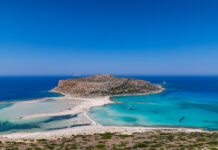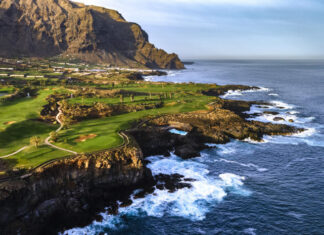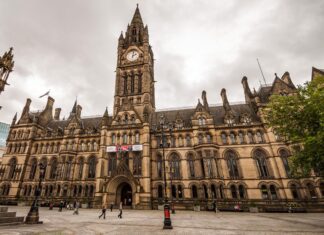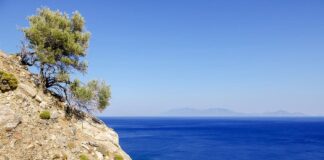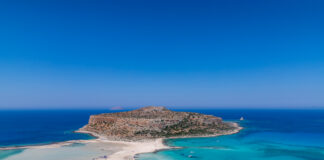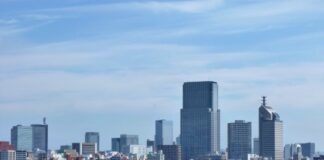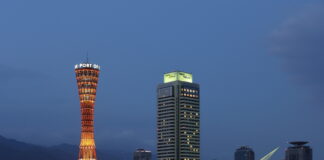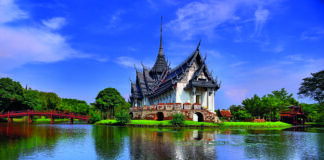Situated in northern Spain, Pamplona serves as the Navarre province's capital city, marries history with modernity and tradition with vibrancy. Most famed for the annual San Fermín festival, Pamplona has much more to offer visitors than just the adrenaline-fueled Running of the Bulls. This guide delves into Pamplona's food, culture, travel tips, intriguing facts, and top places to visit.
A Cultural Mosaic
Pamplona, founded by the Romans, saw different cultures like the Visigoths, Moors, and Franks leaving their marks over the centuries. Its diverse heritage is apparent in various architectural styles, ranging from Gothic churches to Renaissance fortifications.
The Citadel and Walls
One of the best-preserved military structures in Spain, the Citadel and its surrounding walls date back to the 16th century. A walk around these fortifications offers a glimpse into Pamplona's strategic historical importance.
Pamplona Cathedral
The Gothic-style Santa María la Real is a must-visit. With its captivating façade, impressive interiors, and a wealth of religious art, this cathedral is one of Pamplona's architectural gems.
The San Fermín Festival
No guide to Pamplona would be complete without discussing the San Fermín Festival. From July 6th to 14th, this festival is a week-long fiesta of music, parades, and the famous Running of the Bulls. Thousands of participants, or "mozos," don white clothes with red scarves and sashes and run ahead of the bulls through the city streets. If you're seeking thrills, this is an event not to miss, but remember to exercise caution.

The Culinary Scene
Pamplona's gastronomy reflects its rich heritage. The city is renowned for its pintxos - small snacks typically eaten with a drink. Wander through the narrow streets of the Old Town and savor these delights in the numerous bars.
Local Dishes
Some must-try dishes include 'Chistorra' (a fast-cure sausage), 'Pimientos del Piquillo' (small red peppers), and 'Trucha a la Navarra' (Navarre-style trout). Wash them with local wines or 'Pacharán,' a sloe-flavored liqueur.
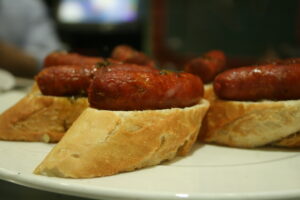
Travel Tips
When to Visit
While the San Fermín Festival in July is the peak season, it can be very crowded. If you prefer a quieter experience, consider visiting in spring or fall.
Accommodation
Book accommodation well in advance, especially if visiting during the San Fermín Festival. Options range from hostels to luxury hotels.
Getting Around
Pamplona is compact, making it ideal for exploring on foot. Public transportation is also efficient and affordable.
Intriguing Facts
- Ernest Hemingway was deeply enamored with Pamplona, which he first visited for the San Fermín Festival. His novel 'The Sun Also Rises' is primarily set here and helped popularize the festival internationally.
- The Camino de Santiago, a famous pilgrimage route, passes through Pamplona.
Top Places
Plaza del Castillo
The heart of Pamplona, this square is surrounded by cafes and historical buildings, making it an ideal place to relax and people-watch.
Museum of Navarre
Housing artifacts from prehistoric times to the present, this museum offers a comprehensive history of the region.
Taconera Gardens
The city's oldest park, the Taconera Gardens, is home to beautiful green spaces and a small zoo.
Church of San Saturnino
Named after the patron saint of Pamplona, this church is a blend of Romanesque and Gothic architectural styles.
In conclusion, Pamplona is a city where history, culture, and modern-day excitement blend seamlessly. Whether you're traversing its ancient walls, indulging in delectable pintxos, or immersing yourself in the electrifying atmosphere of the San Fermín Festival, Pamplona promises a memorable experience.



